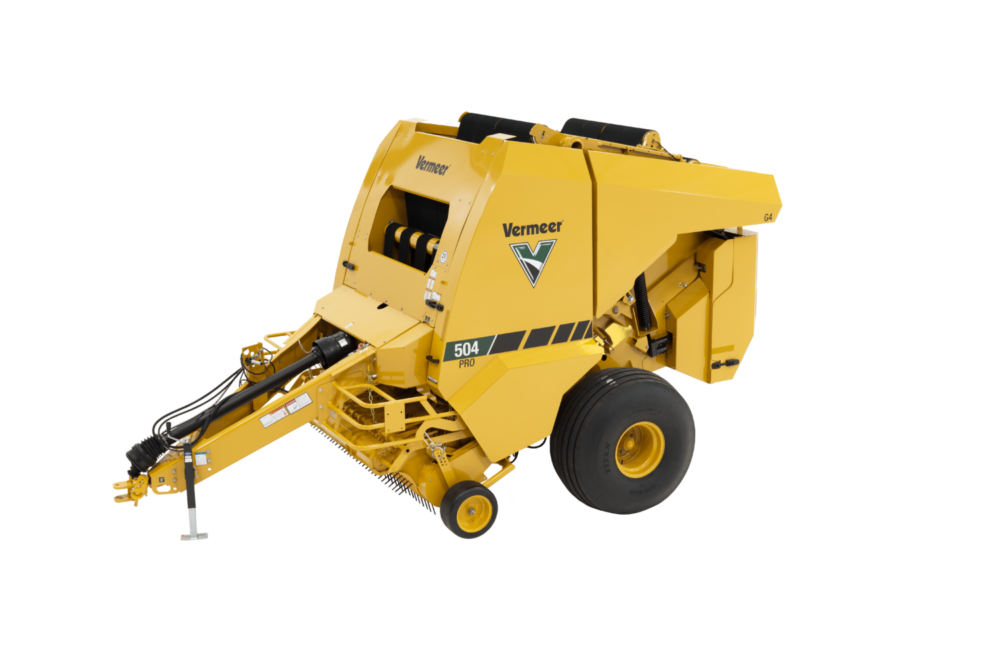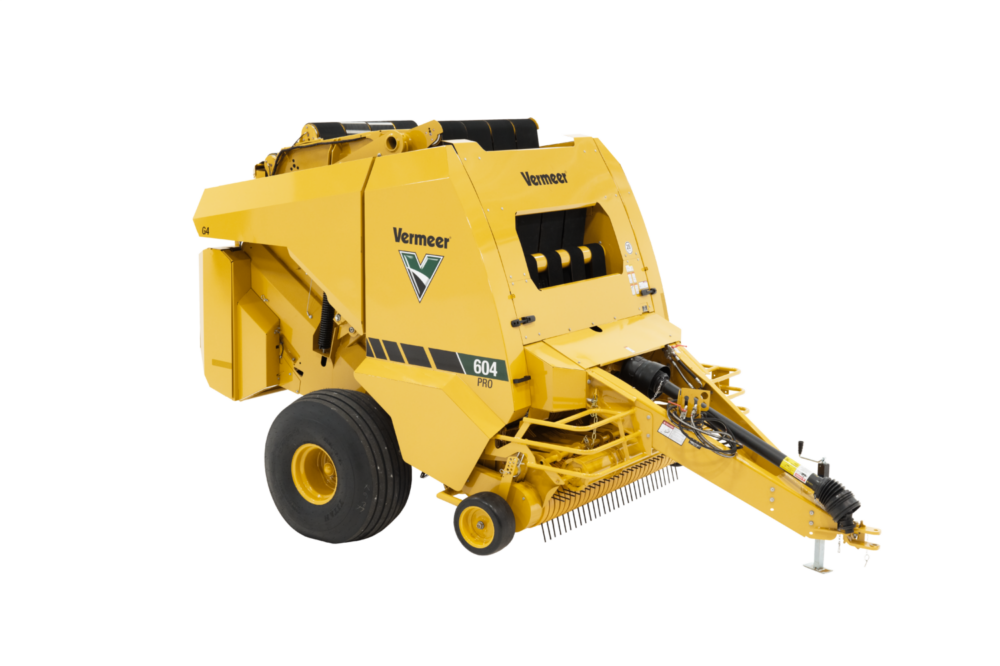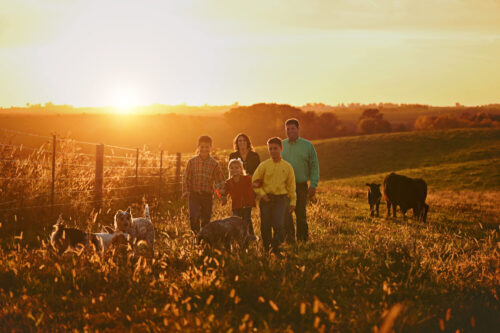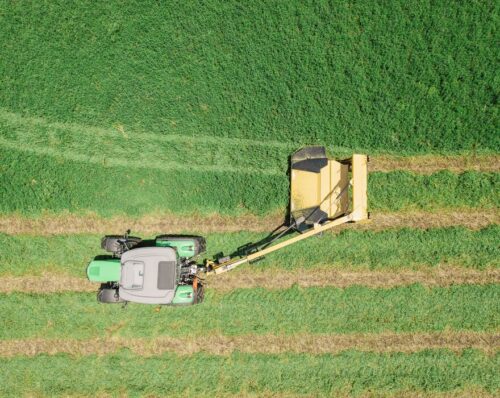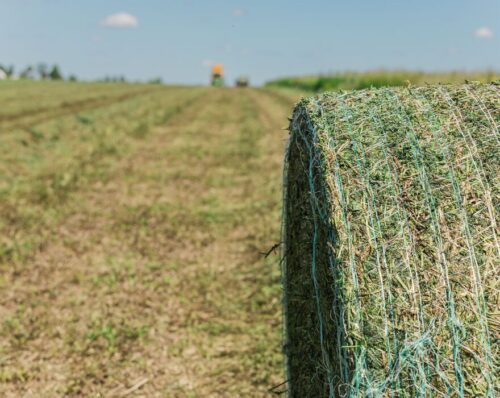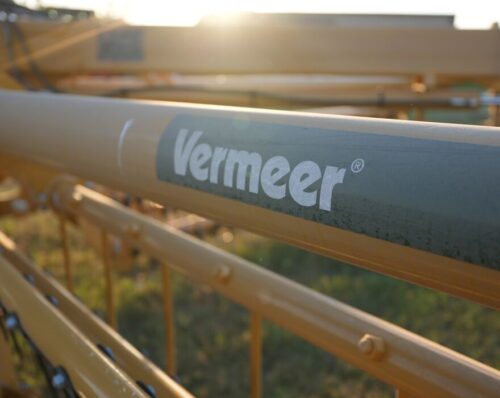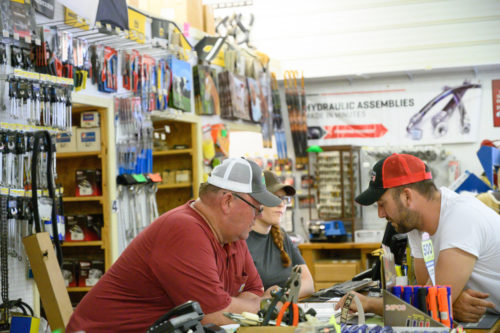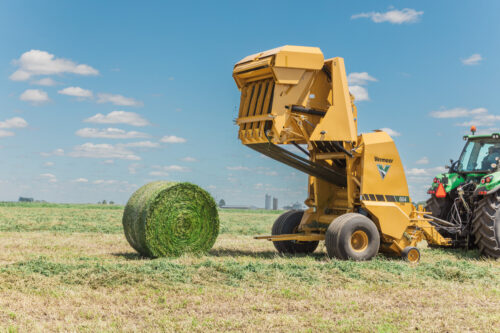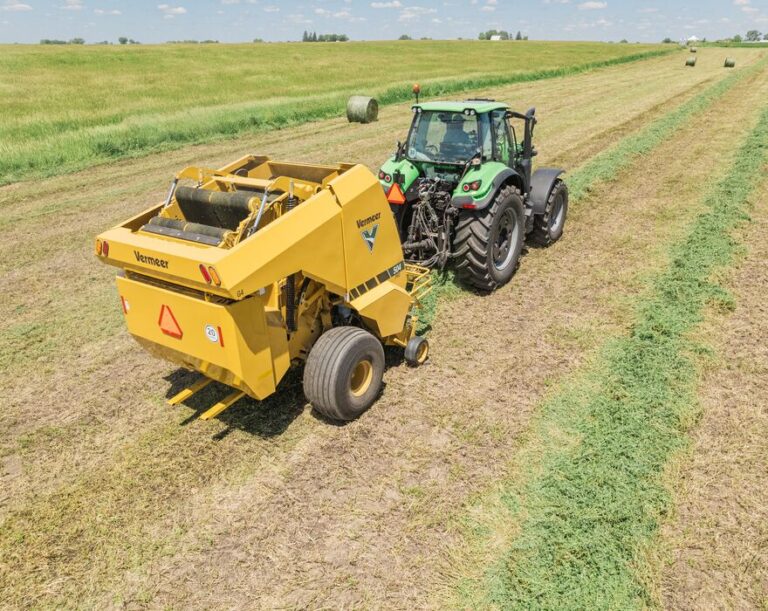
Silage baler vs. regular baler: That and other FAQs on Vermeer Pro G4 baler
February 2025
Vermeer Pro G4 balers offer silage and hay baling technology designed to maximize efficiency and ease of use. These balers are equipped with features to help address common challenges both silage and dry hay producers face.
Below, you’ll find answers to common questions related to silage balers and key aspects of this innovative baler.
What’s the difference between a silage baler and a regular baler?
A silage baler is designed to handle wet, heavy crops, while a regular baler is primarily for dry hay. Silage balers include features like undershot rotors, slicker belts, heavy-duty components, knife banks for pre-processing hay and drop floors to help prevent plugging. In contrast, regular balers typically use overshot rotors and are optimized for dry hay. Silage balers are generally heavier and more durable to withstand the demands of baling wet crops.
Can Vermeer Pro G4 balers bale both silage and dry hay?
While the 504 and 604 Pro G4 balers were primarily designed to handle silage, they also excel in baling dry hay. Their versatile design allows for efficient baling across various moisture levels and crop types. While it may require more horsepower and cost compared to dedicated dry hay balers, the Pro G4 models offer features like the drop floor and higher capacity that benefit both silage and dry hay production.
How long should you leave silage before baling?
The timing for baling silage varies based on personal preference and crop conditions. Generally, once moisture levels are above the mid-20 percent range, the crop should be baled and wrapped. Some producers bale immediately after cutting, while others prefer to let the crop dry down slightly. Moisture levels can range from around 30 percent to as high as 50 percent, depending on the producer’s goals.
Who are Pro G4 balers right for?
Vermeer Pro G4 balers are ideal for several types of operations. Their capabilities benefit dairy farms focusing on high-quality feed, cow-calf operations that prioritize nutrition, and farmers dealing with unpredictable weather patterns. They are particularly well-suited for those who want to produce mostly silage but also want the flexibility to bale dry hay with a single machine or who need to maximize productivity in short weather windows. Custom operators selling wrapped bales benefit from its high-capacity performance. The number of bales per day varies based on conditions, but the Pro G4’s efficiency helps maximize daily output.
What’s improved about the netwrap system on the Pro G4 balers?
Vermeer Pro G4 balers feature a rear-load netwrap system that simplifies loading and troubleshooting. This design reduces moving parts compared to front-load systems. The balers also include a poly net pan to minimize netwrap bunching and an upgraded hydraulic system to help improve performance. Operators can load and route netwrap with ease at the back of the baler, spread net edge-to-edge, and adjust netwrap tension from the cab on a scale of 0 to 100 to maximize spread over the edges. The net gauge on the Vermeer Atlas Pro™ control system keeps track of how much net is left on the roll, allowing operators to focus on the windrow ahead. The net rails lined with poly strips save time and ease maintenance by eliminating the need to clean off the net pan.
Explore many benefits of Vermeer Net
What size bale can Pro G4 balers produce?
The 504 Pro G4 baler can produce bales up to 5 ft (1.3 m) in diameter, while the 604 Pro G4 baler makes up to a 6 ft (1.8 m) bale in diameter. Operators often make smaller silage bales due to the higher weight of wet hay.
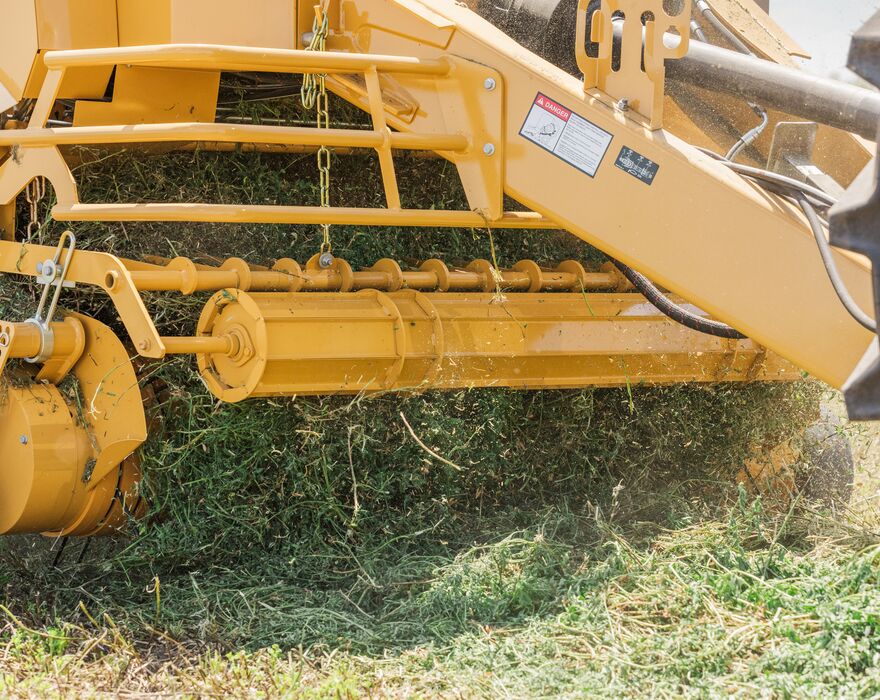
How do Pro G4 balers help increase productivity?
The Pro G4 balers’ innovative design helps boost productivity. The drop floor allows for quick clearing of plugs and can even flex to help prevent plugs from occurring. The 17-knife system offers flexible cutting options all controllable from the cab. In-cab adjustments for density and net tension minimize time spent outside the tractor. The Vermeer Atlas Pro control system provides real-time data tracking for weight, moisture, and bale counts. These features work together to help extend working time, increase baling speed and improve overall efficiency in the field.
Silage balers for sale: Vermeer Pro G4 balers available Spring 2025
Ready to see how Vermeer Pro G4 balers can revolutionize your operation? Find your nearest Vermeer dealer today to learn more about this advanced hay and silage baling solution.
Vermeer Corporation reserves the right to make changes in engineering, design and specifications; add improvements; or discontinue manufacturing at any time without notice or obligation.
Equipment shown is for illustrative purposes only and may display optional accessories or components specific to their global region.
Please contact your local Vermeer dealer for more information on machine specifications.
Vermeer, the Vermeer logo and Atlas Pro are trademarks of Vermeer Manufacturing Company in the U.S. and/or other countries.
© 2025 Vermeer Corporation. All Rights Reserved.

